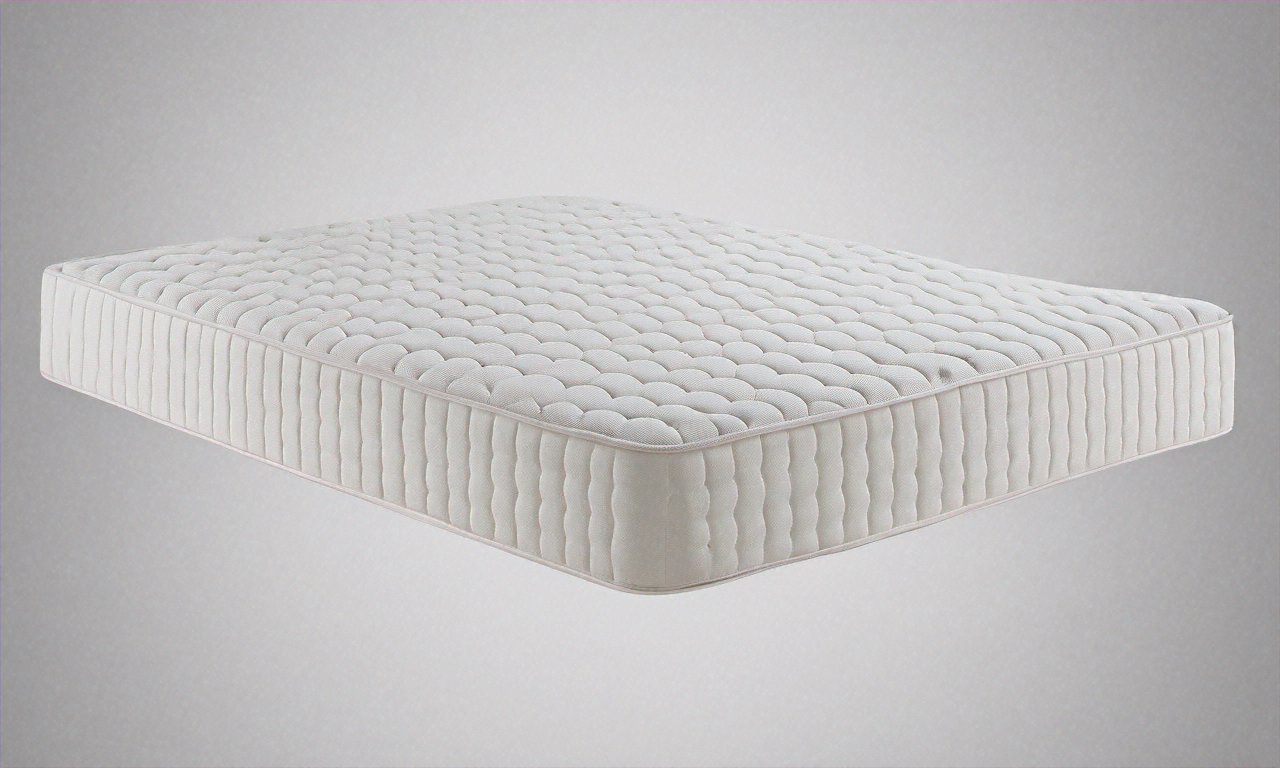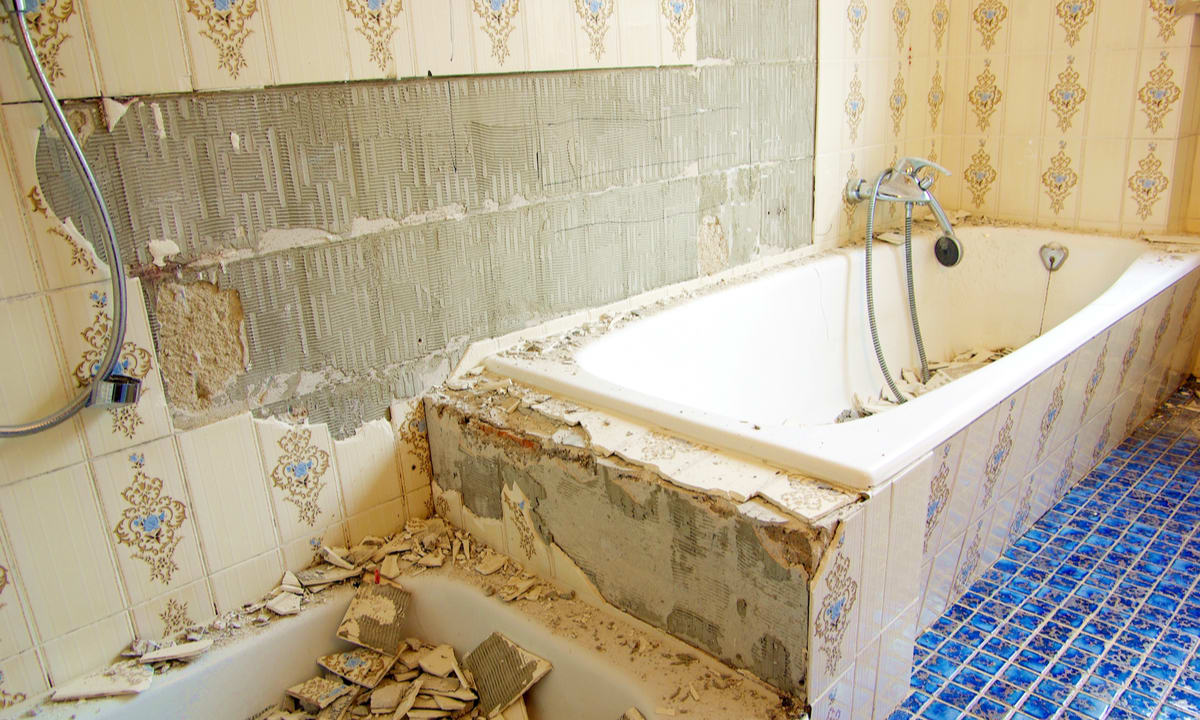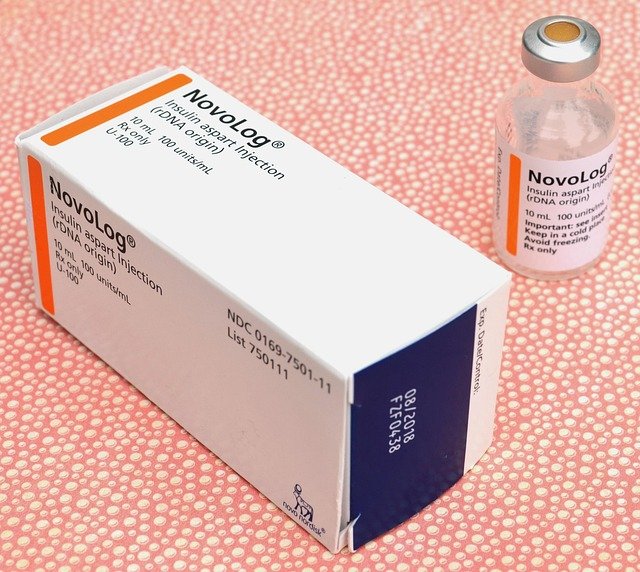How to Get Rid of Bed Bugs: Proven Strategies for a Pest-Free Home in 2025
Bed bugs have become an increasingly prevalent problem in homes worldwide, causing sleepless nights and frustration for many. As we look ahead to 2025, it's crucial to understand the most effective strategies for eliminating these persistent pests. This comprehensive guide will explore proven methods to identify, treat, and prevent bed bug infestations, ensuring your home remains a peaceful, pest-free sanctuary.

What are the early signs of a bed bug infestation?
Identifying a bed bug problem early is key to successful eradication. Look out for these telltale signs:
-
Small, rust-colored spots on mattresses, sheets, or furniture (bed bug excrement)
-
Tiny, pale yellow eggs or eggshells in crevices of furniture or bedding
-
Shed skins of bed bugs as they grow
-
A sweet, musty odor in heavily infested areas
-
Unexplained, itchy red welts on your skin, often in a line or cluster
If you notice any of these signs, it’s crucial to act quickly to prevent the infestation from spreading.
How effective are home remedies against bed bugs?
While professional treatment is often necessary for severe infestations, some home remedies can be effective for minor cases or as part of an integrated pest management approach:
-
Diatomaceous Earth: This natural powder can dehydrate and kill bed bugs when sprinkled in infested areas.
-
Heat Treatment: Washing and drying clothes and bedding on high heat (at least 120°F) can kill bed bugs and their eggs.
-
Vacuum Cleaning: Regular, thorough vacuuming of mattresses, furniture, and carpets can remove bed bugs and their eggs.
-
Essential Oils: Some studies suggest that certain essential oils, like tea tree or lavender, may repel bed bugs.
While these methods can be helpful, they may not completely eradicate a severe infestation on their own.
What does science say about bed bug elimination methods?
The science behind bed bug elimination has advanced significantly in recent years. Research shows that integrated pest management (IPM) approaches are most effective. This involves:
-
Chemical Treatments: Pyrethroids and neonicotinoids are commonly used insecticides, but resistance is a growing concern.
-
Heat Treatments: Whole-room heat treatments at temperatures above 120°F for several hours can be highly effective.
-
Cryogenic Treatments: Some professionals use extreme cold to kill bed bugs, though this method is less common.
-
Biological Control: Research into bed bug-specific fungi and bacteria shows promise for future treatments.
As we approach 2025, new technologies like pheromone traps and improved detection methods are likely to enhance our ability to combat bed bugs effectively.
What are common mistakes in bed bug control?
Even well-intentioned efforts can backfire if not executed properly. Avoid these common pitfalls:
-
Ignoring Professional Help: Attempting to tackle large infestations alone often leads to prolonged problems.
-
Overuse of Pesticides: This can be dangerous and may lead to pesticide resistance in bed bugs.
-
Improper Disposal of Infested Items: Throwing away infested furniture without proper treatment can spread the problem.
-
Neglecting Follow-up Treatments: A single treatment is rarely sufficient; multiple treatments are usually necessary.
-
Failing to Treat All Infested Areas: Bed bugs can hide in unexpected places, so thorough inspection and treatment are crucial.
By understanding these mistakes, you can ensure a more effective and efficient bed bug elimination process.
What preventative measures ensure long-term bed bug management?
Prevention is always better than cure when it comes to bed bugs. Here are some strategies to keep your home bed bug-free in 2025 and beyond:
-
Regular Inspections: Check your bedding, furniture, and luggage regularly for signs of bed bugs.
-
Protective Covers: Use bed bug-proof encasements for mattresses and box springs.
-
Travel Precautions: When traveling, inspect hotel rooms and keep luggage off the floor.
-
Second-hand Furniture: Carefully inspect and clean any second-hand furniture before bringing it into your home.
-
Declutter: Reduce hiding spots for bed bugs by minimizing clutter in your home.
-
Educate Yourself: Stay informed about bed bug prevention and treatment methods as they evolve.
Implementing these preventative measures can significantly reduce your risk of future infestations.
What are the most effective professional bed bug extermination services?
When dealing with severe infestations, professional services are often the most effective solution. Here’s a comparison of some leading bed bug extermination methods:
| Treatment Method | Provider Type | Key Features | Cost Estimation |
|---|---|---|---|
| Heat Treatment | Specialized Pest Control | Eco-friendly, kills all life stages | $1,000 - $3,000 per treatment |
| Chemical Treatment | General Pest Control | Multiple applications, residual effect | $300 - $1,000 per treatment |
| Integrated Pest Management | Comprehensive Pest Control | Combines multiple methods, long-term solution | $500 - $1,500 per treatment |
| Cryogenic Treatment | Specialized Pest Control | Quick, no chemical residue | $500 - $1,200 per treatment |
Prices, rates, or cost estimates mentioned in this article are based on the latest available information but may change over time. Independent research is advised before making financial decisions.
As we look towards 2025, the battle against bed bugs continues to evolve. By staying informed about the latest detection methods, treatment options, and prevention strategies, you can maintain a bed bug-free home. Remember, early detection and professional intervention are key to successful eradication. With the right approach and vigilance, you can ensure your living space remains a comfortable, pest-free environment for years to come.




